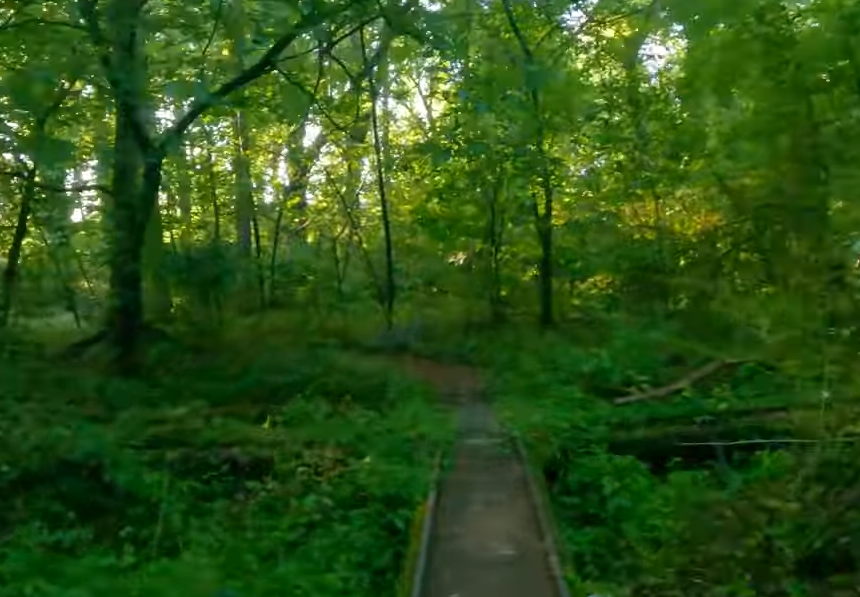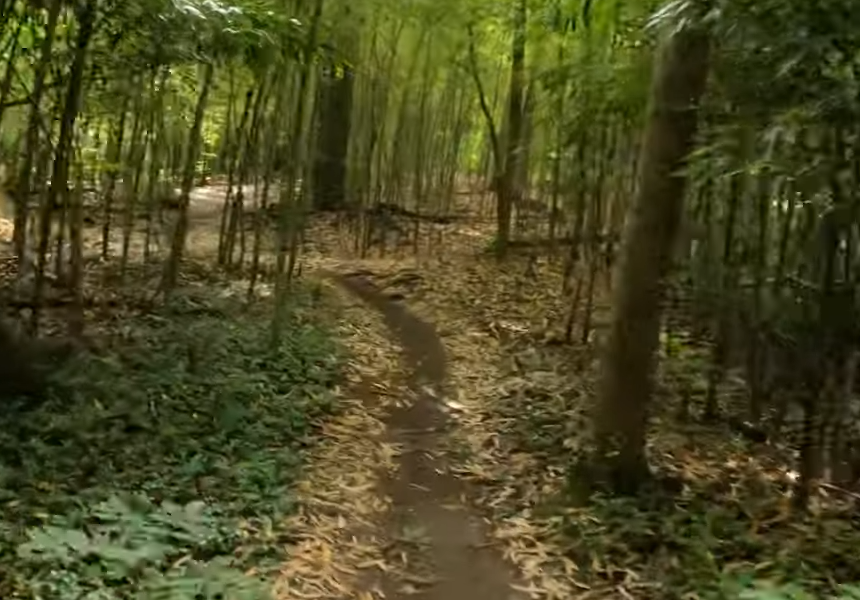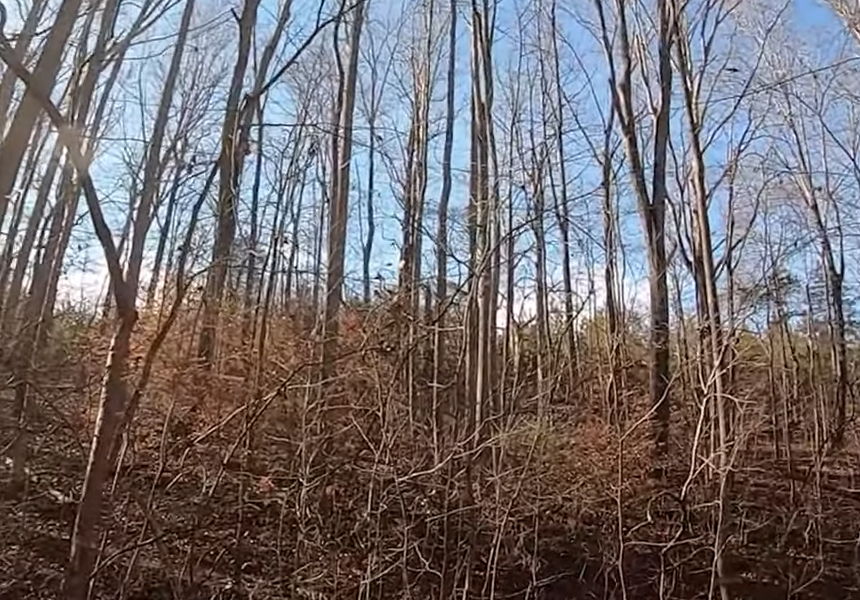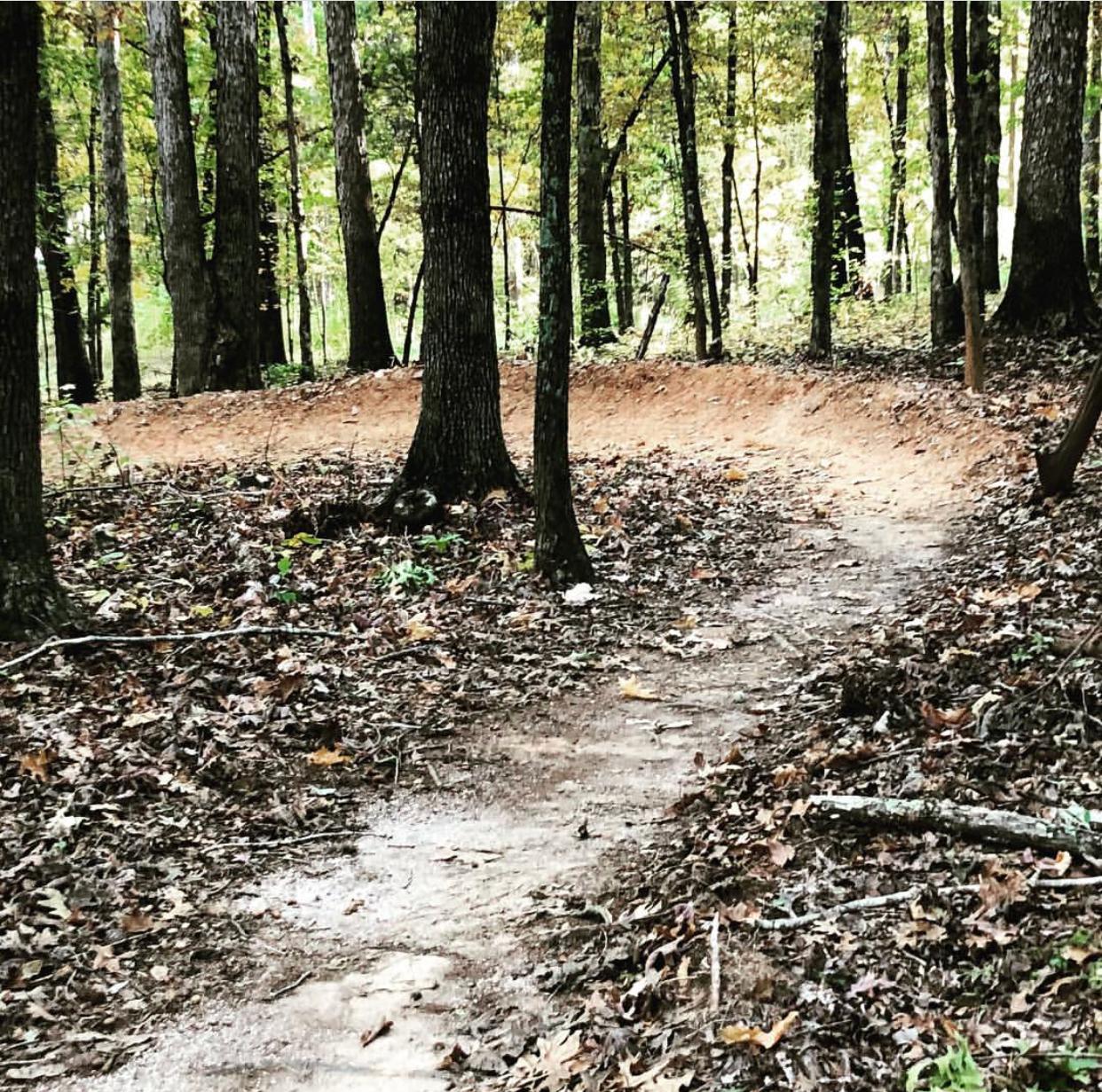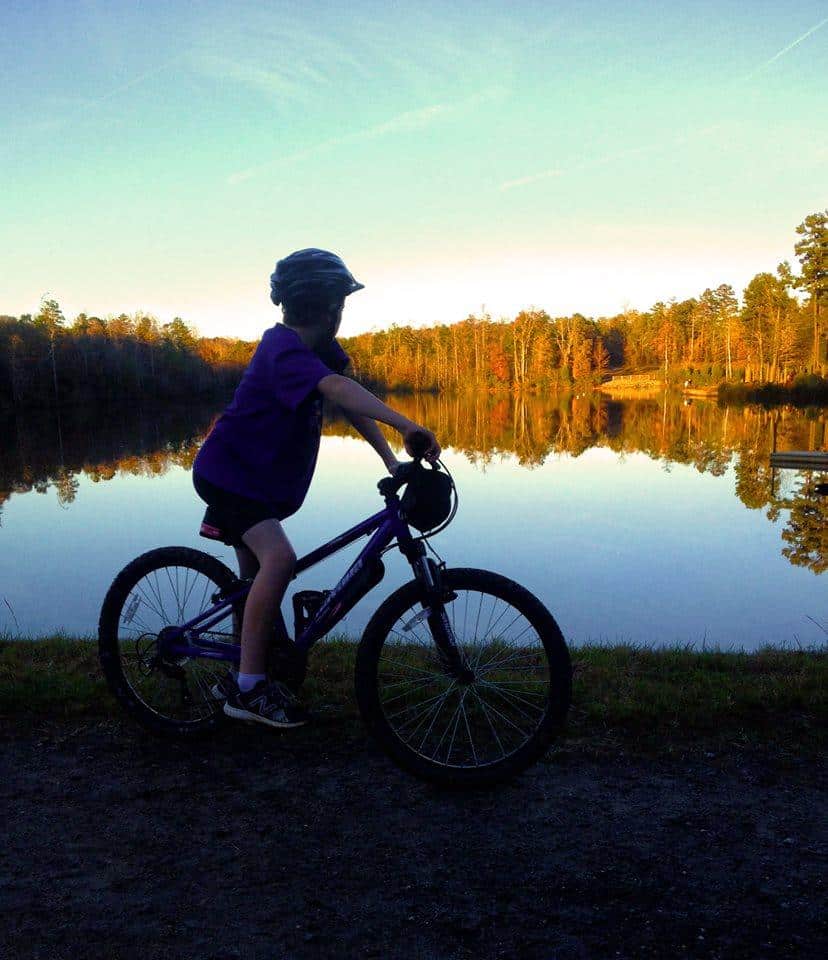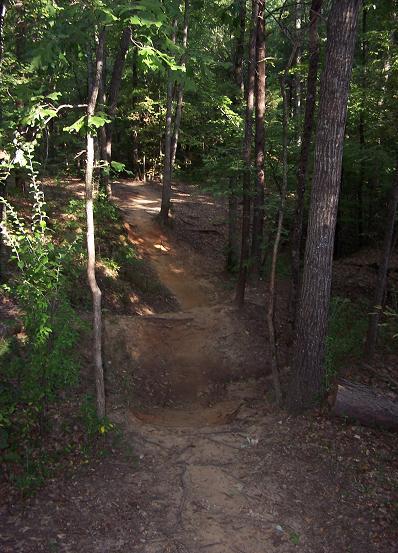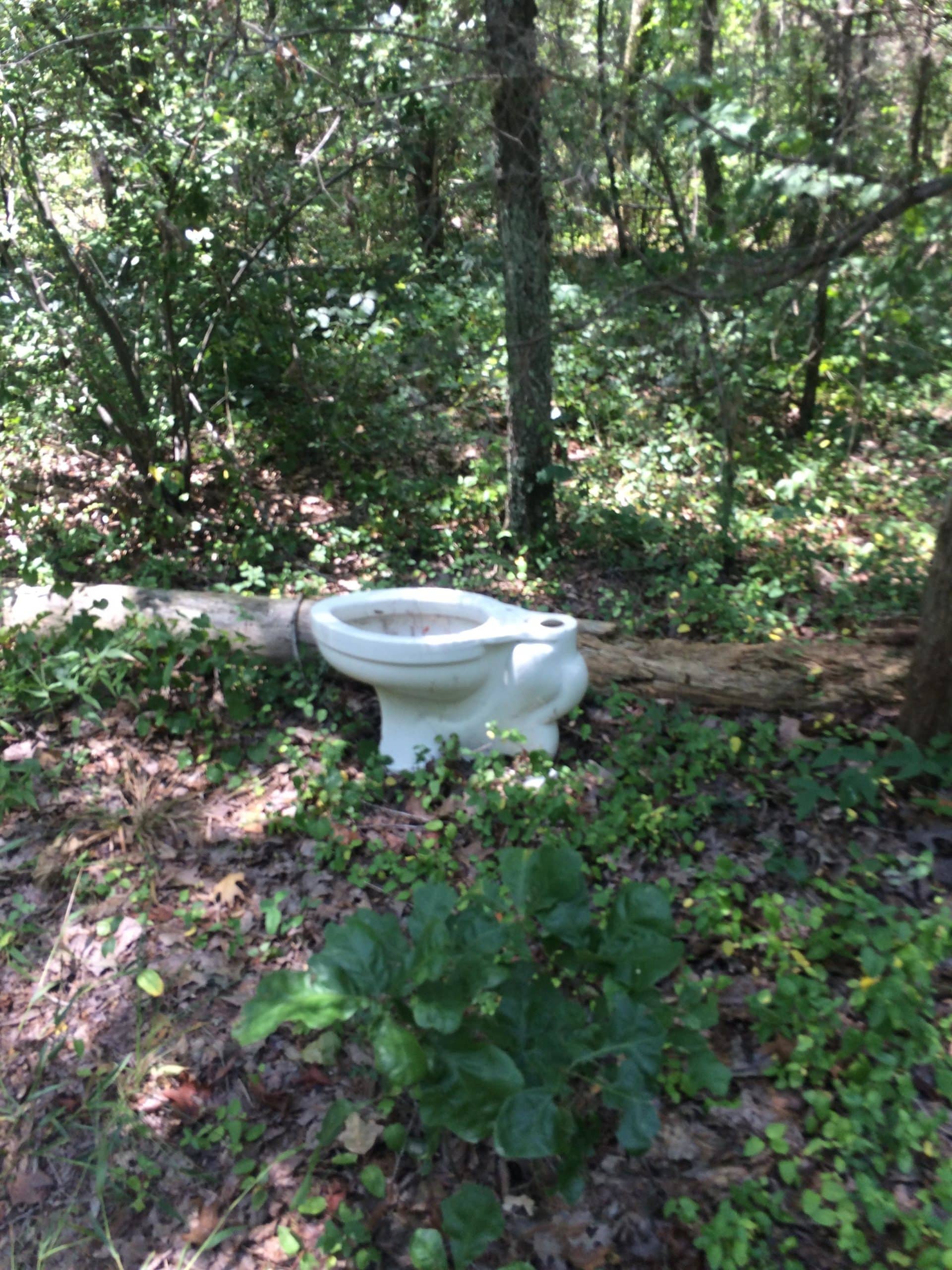Charlotte, North Carolina: Area Description
Geography of Charlotte, North Carolina
It’s no secret that Charlotte is revered by locals for its lush urban tree canopy. In fact, it’s officially recognized as one of the most beautiful urban forests in the U.S. Additionally, the South Mountains provide a breathtaking view of the Charlotte skyline, making the climb a wonderful treat for hikers and pedestrians. Forest landscapes, steep downhill descents and views of the Catawba River make for some spectacular trail conditions as well.
| Land area |
808,1 km² |
| Minimum Elevation |
640 ft |
| Maximum Elevation |
761 ft |
Demographics of Charlotte, North Carolina
As one of the 25 largest cities in the U.S. Charlotte is also the biggest city in North Carolina. Commonly nicknamed the Queen City, the city was named after British King George III’s wife during the time the city was founded. With about 879 709 residents, the city offers a cost of living that’s 1% lower than the national average.
Another appealing factor that makes Charlotte so popular is the housing cost which is about 2% lower than the national average. Families make up about 57.39% of Charlotte households, making it a popular place for people to settle down. The city also features one of the U.S.’s largest banking centers.
| Total population |
879 709 (2021) |
| Population density |
2,836.9mi² |
Climate of Charlotte, North Carolina
Summers in Charlotte are hot and humid while the winters are cold and wet. Snowfall is rare and in the event of snow, it’s never more than a few inches annually. Warm ground temperatures make the snow melt quickly, which is super news for cyclists as that means the trails are open year-round.
The warmest months to enjoy the trails and outdoor activities are mostly from May to October, with January usually being the coldest month. The only real hamper to a day out maybe rain which happens year-round. Be sure to check the rain forecast before heading out!
| Month |
Average Temperature |
| January |
41°F |
| February |
45°F |
| March |
52°F |
| April |
61°F |
| May |
69°F |
| June |
76°F |
| July |
79°F |
| August |
78°F |
| September |
72°F |
| October |
61°F |
| November |
52°F |
| December |
44°F |
Infrastructure
In addition to their invigorating cycling stretches, Charlotte’s trails boast berms, jumps and climbs designed to enhance an optimized mountain biking experience for beginner and intermediate riders. Most trails are clearly marked and easy to get onto. Some of the trails that are situated in the local parks have specified hours and also request an admission fee.
If you’re not cycling, it’s handy to know that Charlotte offers a reliable train system to help with transportation. Additionally, this popular city also boasts The Charlotte Area Transit System (CATS) that runs local, express and regional routes. Since the buses run almost 24 hours all week, it’s a go-to transport choice for many locals.
Another impressive feature about Charlotte is that its schools were recently ranked first out of all public, charter and magnet schools in North Carolina.
Sights and Landmarks in Charlotte, North Carolina
Charlotte offers an abundance of outdoor activities that include whitewater rafting, biking or trail running. Furthermore, there are also a variety of parks, green spaces and recreation areas where families can have picnics, sports or even swim.
There are also several museums that offer history buffs insight into the area’s rich background. A number of art museums highlight the area’s rich art culture. A few of these include the following:
- Bechtler Museum of Modern Art
- Museum of Illusions Charlotte
- Charlotte Nature Museum in Freedom Park
- Charlotte Museum of History
Additionally, Charlotte is home to many local annual festivals. The most popular of these are:
- The Carolina Renaissance Festival: This festival operates every Saturday and Sunday every October and November. It features a marketplace, an interactive circus and a jousting tournament among other favorable activities.
- The Yiasou Greek Festival: Around since, 1978, this Greek Festival hosts Hellenic cultural exhibits, authentic Greek cuisine as well as wine tasting and art exhibits.
- Moo and Brew Fest: The largest, annual craft beer and burger festival is the local must-attend event. Held each April, the festival also hosts a large number of national musical acts.
FAQ About Trails in Charlotte, North Carolina
What are the top bike trails in or around Charlotte?
With so many bike trails in Charlotte, it’s often difficult to highlight only a few. The most common standout trails are:
- Mountain Biking Rocky River Trail: Ranked as #76 in North Carolina
- Fisher Farm Full Loop Trail: An intermediate trail that’s 95% singletrack
- Mountain Biking Sherman Branch Park Mtb Trail: Ranked as #24 in North Carolina and is excellent for single-speed and geared XC bikes
- Mountain Biking Back Yard Trails: An advanced trail that’s ranked #19th in North Carolina and is known to be quite challenging.
- Mountain Biking USNWC: Listed as #4 out of the 544 trails in North Carolina, this trail is ideal for bikers of all skill levels.
What is the longest mountain biking trail in Charlotte?
The longest mountain bike trail around the Charlotte area is Mallard Creek Greenway. Cyclists estimate the trail to be a challenging 10 miles long.
Is there a bike trail with a high elevation gain in Charlotte?
Riders who enjoy a sharp elevation gain will enjoy the U.S. National Whitewater Center Loop. This trail boasts an elevation gain of 201 m, making it the highest in the area. Another trail with a high elevation is the Roller Coaster to Main Loop to Big Lake Loop with an impressive 161 m elevation gain.

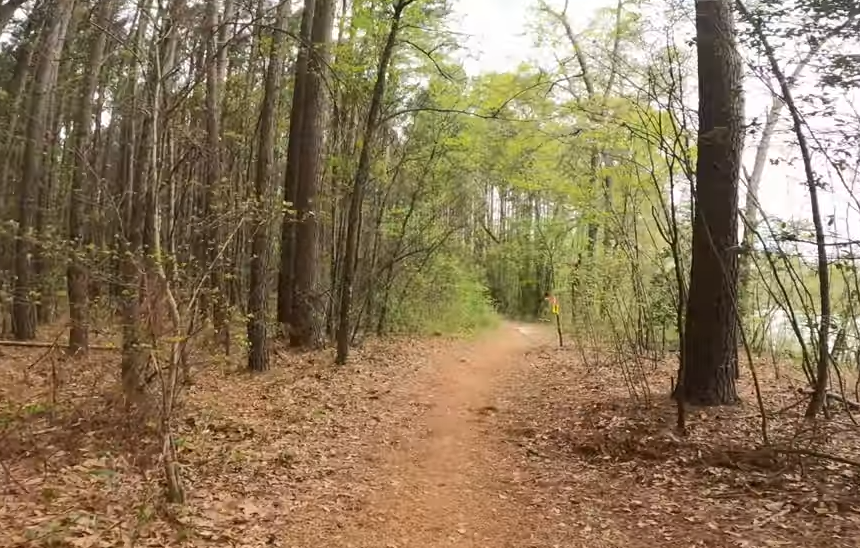
 45 mi
45 mi
